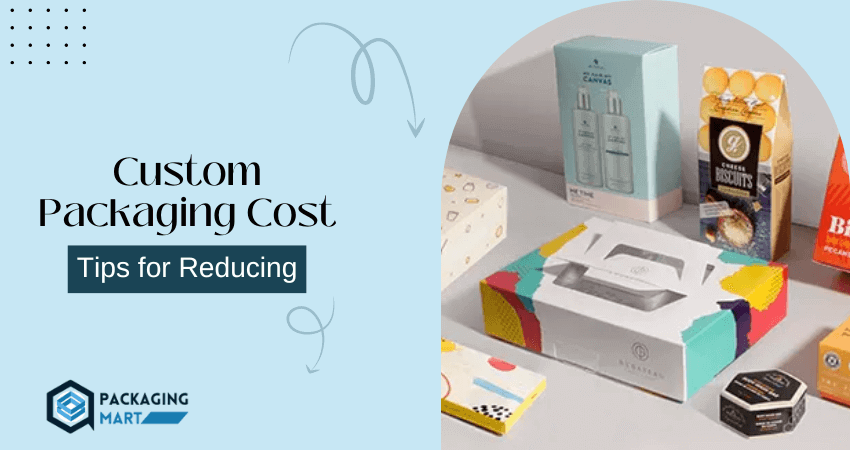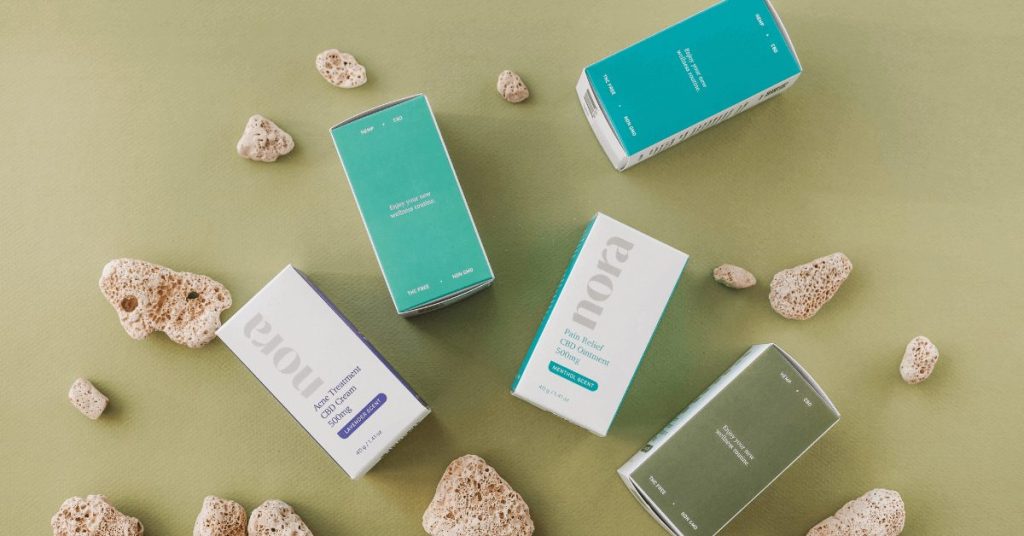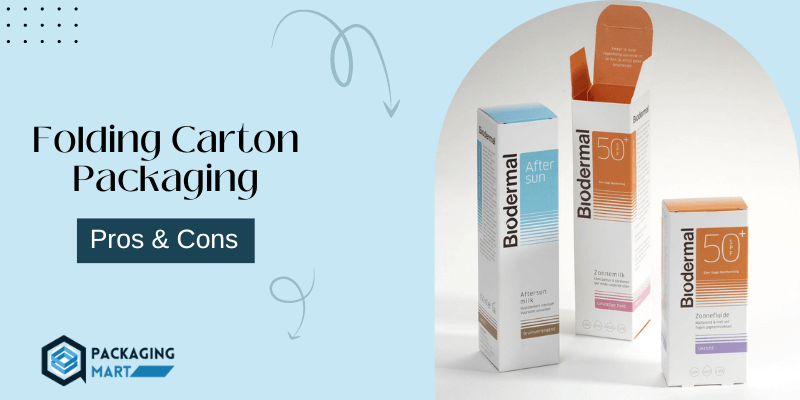Are you looking for the perfect packaging for your product that won’t break the bank? Custom packaging can be expensive, but don’t worry there is an easy way to estimate how much it will cost!
In this blog post, we’re going to explore different factors that can affect the cost of custom packaging. We’ll also take a closer look at how you can make sure you’re getting the best price on custom packaging and some tips for reducing shipping costs associated with packaging items.
Custom Packaging Cost
The cost of custom packaging depends on several factors, including the type of material used, the size and shape of the product being packaged and the quantity needed. Generally speaking, more complex projects with more intricate designs can be more expensive than simpler designs.
Additionally, using higher-quality materials for custom packaging will also impact the overall cost. Many companies offer a range of materials, from corrugated cardboard to plastic and even metal. The price for each material can vary, so it’s important to consider this when deciding on the best package for your product.
Once you have chosen the type of packaging you need, you will also need to consider printing costs. This includes any logos, designs or text that you may want to be printed on the package.
Overall, custom packaging can be an effective way to protect and promote your product, but it’s important to carefully consider all of the costs associated with the project before making a decision. By evaluating your options and exploring different materials, you can ensure that you get the best package for the job at an affordable price.
Common ways to reduce cost of custom packaging
- Choose sustainable packaging materials: Sustainable packaging options like cardboard, paperboard and recycled plastic can help reduce costs while also providing a more eco-friendly option for your products.
- Leverage bulk purchasing: Purchasing in bulk can be an effective way to reduce the cost of custom packaging by lowering the cost per unit. When buying in bulk, be sure to consider the space and storage requirements of your packaging materials.
- Choose flexible sizes: Opting for a variety of size options for custom packaging can help you reduce costs by allowing customers to order just what they need and avoid excess material.
- Take advantage of digital printing technologies: Digital printing can save costs by reducing the need for traditional printing plates, eliminating set-up fees and allowing you to print on demand.
- Reuse and recycle packaging materials: Reusing and recycling existing packaging materials is a great way to reduce the cost of custom packaging. Be sure to consider any regulations that may apply when reusing or recycling packaging materials.
- Invest in quality control measures: Investing in quality control measures can help you ensure that your custom packaging meets the highest standards and helps to reduce costs in the long run. This includes conducting thorough testing, evaluating suppliers and creating quality control plans for each product.
- Utilize automated packaging solutions: Automated packaging solutions can help reduce costs by streamlining processes and eliminating the need for manual labor. Additionally, they can help to increase efficiency and accuracy while reducing production time.
- Utilize cost-saving software: Cost-saving software like Packer can help you optimize your packaging design and reduce costs associated with custom packaging.
By following these tips, you can reduce the cost of custom packaging and ensure that your products are packaged efficiently and cost-effectively.
Tips for reducing shipping costs associated with custom packaging
- Use lightweight materials: Choosing lighter-weight materials for your custom packaging can help to reduce shipping costs significantly. Consider using foam, corrugated cardboard or other lightweight materials for the construction of your custom packages.
- Choose the right carrier: Different carriers offer different rates and services when it comes to shipping custom packages. Do some research to find out which carrier offers the best rates and services for your situation.
- Consider flat-rate shipping: If you are only shipping small items or items of consistent size, consider taking advantage of flat-rate shipping options from carriers such as USPS. This can help to reduce overall shipping costs significantly.
- Console with a packaging consultant: Packaging consultants can provide valuable insights and advice on how to reduce shipping costs associated with custom packaging.
- Leverage regional carriers: If you are shipping goods within the same region, consider using regional carriers to reduce shipping costs. Regional carriers often offer lower rates than larger, national carriers.
- Negotiate with carriers: It is possible to negotiate with carriers for better rates and services. Take the time to contact carriers directly to discuss potential savings on your shipping costs.
FAQs – Packaging Cost
Is packaging cost included in the production cost?
No, the packaging cost is not included in the production cost. The actual production cost includes the labor and material costs required to manufacture the product. Packaging costs are additional costs that include materials, labor and any other overhead associated with packaging the product for sale or shipment.
How do you calculate the weight of the packaging?
The weight of the packaging is usually calculated using the volumetric weight formula. This formula takes into account the size and shape of a package, as well as its contents. The basic equation used to calculate volumetric weight is:
Volumetric Weight = Length x Width x Height (in centimeters) / 5000
For example, if a package is 20 cm long, 10 cm wide and 15 cm tall, the volumetric weight would be 20 x 10 x 15 / 5000 = 6 kilograms.
How do you calculate the material cost?
Material cost is the total amount of money spent on materials for a project. To calculate the material cost, first determine the quantity and unit price of each item needed for the project then multiply those two numbers together to get the total cost for that item.
Finally, add up all of the item costs to get your total material cost. It is important to consider any transportation costs for large items. These additional costs should also be added to your total material cost.
Wrap Up
Overall, custom packaging costs will depend on the specific product and requirements. By discussing your budget with different suppliers, you can find a solution that meets both your needs and price range. Generally, the cost of custom packaging can range from $0.03 to $0.30 per unit.
However, if you factor in the benefits of collection rate and consumer satisfaction, the price is well worth it to most businesses. How much will you spend on quality custom packaging for your product? Let us know in the comments below. Thanks for reading and we hope this article was helpful to you!


